Building strong bones is a key to living a long life, maintaining a high quality of life, and keeping one’s body functional. Contrary to popular opinion, eating dairy is not necessary to building strong bones. In China and Japan osteoporosis rates are lower than in the west without significant dairy consumption. Here are 6 keys to building strong bones.
1. Eat your grapefruit! This may come as a surprise but grapefruit enhances bone mineral deposits.
2. A Spanish study found that the Mediterranean diet enriched with extra-virgin olive oil causes the body to circulate more osteocalcin which is a marker for healthy bone density.
3. Sardines! Give them a try. They are arguably the most nutrient dense fish. Because of their small size there is not a concern for mercury, and they have high levels of omega-3 fatty acids. Sardines are high in calcium and vitamin D. A can of sardines has more calcium and naturally occurring vitamin D than a glass of milk. Try them with some whole wheat crackers and hot sauce!
4. Nut-butters! Try some almond butter, cashew butter, walnut butter or use nuts in pesto recipes. The oils in nut-butters decrease the rate of bone breakdown. This helps to create a positive balance in terms of bone building.
5. Green vegetables! Greens are possibly the most bioavailable source of calcium. This means that the calcium is absorbed by bones as it is delivered by the blood stream. Greens are a more bioavailable source of calcium than milk and the most nutrient dense foods on the planet.
6. Weight bearing exercise builds bone density. At the very least, begin doing body weight exercises: push-ups, lunges, and squats... but even better is to include weight lifting in your exercise routine 2 days per week. Make sure to do full body workouts.

